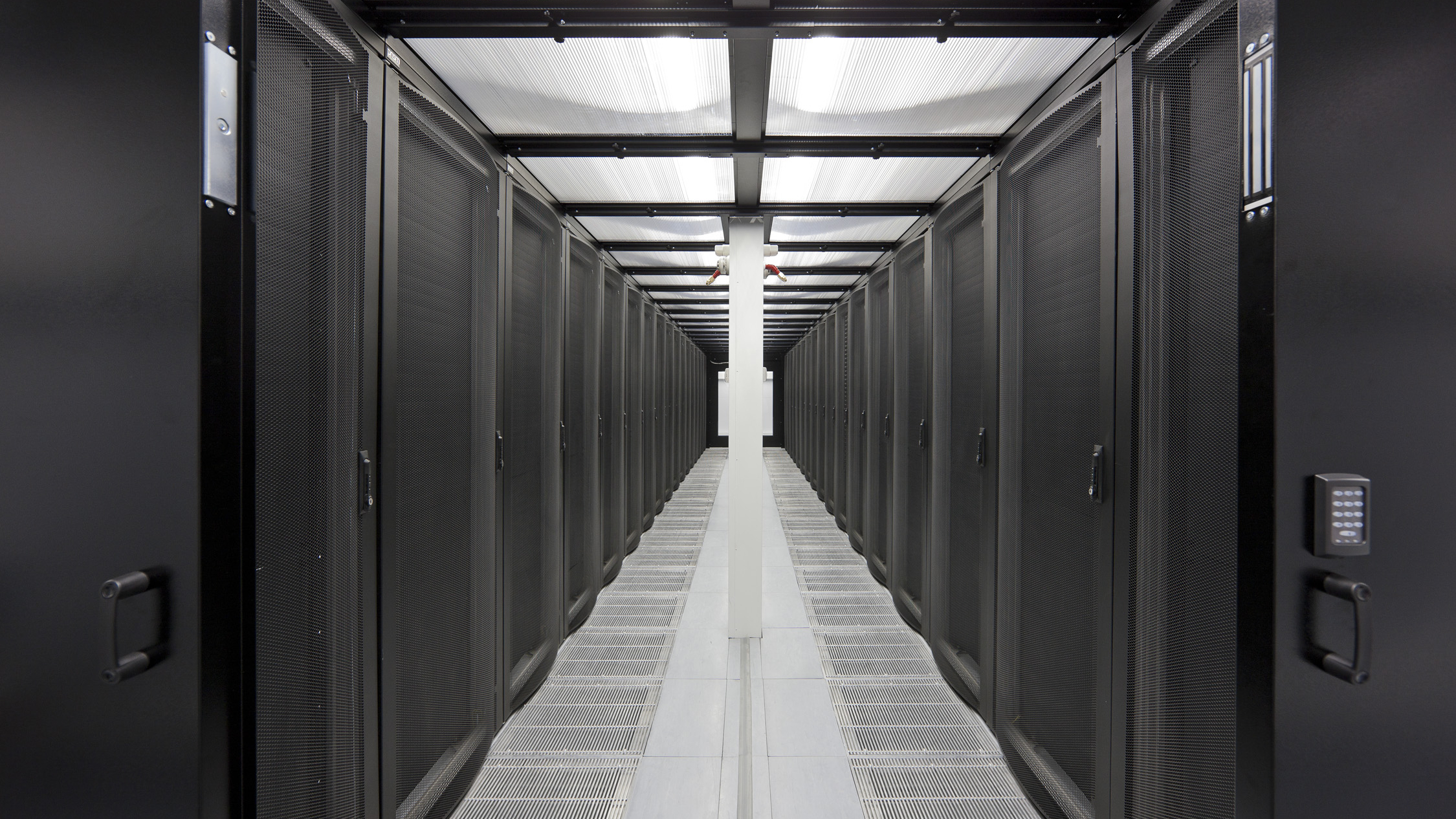Everything you need to know about the software-defined data centre
Ending the confusion surrounding the SDDC

The data centre industry is evolving rapidly. It is no longer common practice to build large-scale data centres with high volumes of inefficient, expensive and hard to manage hardware. Instead, analysts and forward thinking organisations are looking to the software-defined data centre (SDDC), the next big thing in the cloud computing industry, to transform the way they utilise data centre resources.
An SDDC offers businesses a fast, incredibly efficient way of running their IT, offering maximum flexibility, agility and control from the application layer down to component level. The ability to fluidly align resources with consumption to such a granular degree supports rapid change and enables transformation – and finally gives them the opportunity to uncover the true cost of their IT. However, as with all big evolutionary steps, the concept is taking a while to achieve broad market acceptance.
Disagreement about the definition of the SDDC is widespread. Major discrepancies exist between most of the vendors that operate in the software-defined world. The SDDC has become a buzzword in the IT market but the industry is still confused about 'software-defined' and its many benefits. Analysts and vendors need to work together to educate the market on the SDDC so it can fulfil its revolutionary potential.
Confusion surrounding the SDDC
A recent survey by Adapt has revealed the true extent of this confusion within the UK cloud industry. Although three out of five respondents (61%) claimed to be familiar with the SDDC concept, the majority were unable to explain its principal benefits: 13% thought it was all about performance, 20% said centralised management and 17% admitted they were unaware of its benefits.
The statistics further revealed that almost half (43%) of respondents do not think a true production level SDDC is achievable in the next 12 months. However, a number of vendors such as EMC and service providers are leading the charge, so watch this space.
What is an SDDC?
Put simply, it's a way of making the most economic use of traditional data centre resources like storage, network and compute. A software layer controls and manages infrastructure consumption, process and operation down to component level without human intervention. This enables applications to move seamlessly between environments, in and out of the cloud, from low to high performance without having to touch a single piece of hardware.
How the SDDC helps IT service providers
The SDDC's innovative technology provides Managed Service Providers (MSPs) with a highly efficient way of managing services and ultimate choice for their customers. The SDDC delivers integration throughout the technology stack, enabling MSPs to deliver a more seamless customer experience across diverse technologies. Its virtualised compute, network and storage layers, and automation capabilities, reduce the need for human intervention, providing MSPs with the opportunity to refocus their resources on helping customers with more growth-accelerating projects.
Sign up to the TechRadar Pro newsletter to get all the top news, opinion, features and guidance your business needs to succeed!
How the SDDC helps businesses
The SDDC offers the elasticity required to keep technology permanently aligned with your business objectives and priorities. In addition to the obvious technical benefits (on demand enterprise-grade performance, security and functionality; massive, rapid scale), this makes it very attractive commercially as it allows businesses to relate cost directly back to resource usage and retune their budgets for optimal return. It allows organisations to specify technology simply by business outcome – and enter more meaningful, real-world contractual relationships with service providers rather than simple uptime agreements.
The SDDC makes it possible for businesses to rapidly respond to demand changes as and when they arise. With its ability to promote and demote workloads into performance tiers based on criticality, the SDDC brings IT in line with businesses at crucial periods throughout the year. As a result, businesses can become more cost efficient, increase productivity and gain competitive advantage in their markets.
For example, the challenge many retail outlets face is how best to deliver during busy periods. During the January sales, a furniture retailer may need to 'promote' its website to a higher performance platform to keep customer experience optimal during periods of high traffic and heavy transaction workload. At a daily level, smart card ticketing providers similarly rely upon fast, flexible infrastructure that can be easily scaled to support high volumes of traffic during peak hours.
What's next for the SDDC?
There's no doubt that the SDDC is the next big thing in IT. It's certainly due to replace 'cloud' as the industry's favourite buzzword. However, it is clear from Adapt's research that the IT industry is still confused about the SDDC. It is up to cloud computing providers to work together to set the story straight and ensure the market does not miss out on the efficiency and growth opportunities the SDDC can deliver.
- Kevin Linsell is head of service development at Adapt